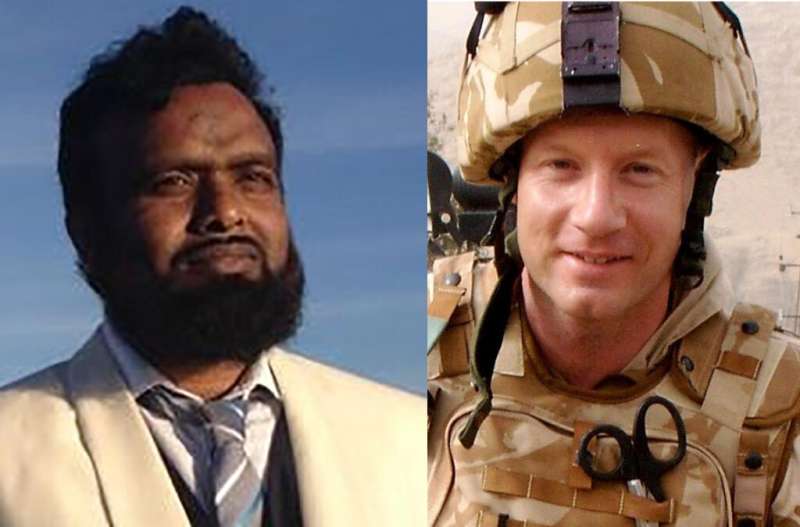Mathematician helps surgeon save those injured in explosive blasts

An applied mathematician and a military doctor have developed the first simulator to test treatments for patients with blast lung injury caused by explosions.
Dr. Mainul Haque, in the University of Portsmouth's School of Mathematics and Physics, and Royal Navy Intensive Care consultant, Surgeon Commander Timothy Scott, have created the first computerised or "in-silico" simulator of primary blast lung injury to enable faster and easier research into its treatment.
They hope that the computational simulator model would be an inexpensive tool for doctors to find improved therapeutic strategies to treat patients at home and on the battlefield.
Primary blast lung injury happens when someone close to an explosion is exposed to the supersonic shock wave radiating away from it. As this wave of intense energy travels through the body, it can cause serious damage to the heart, lungs and other internal organs, while leaving little external sign of injury.
The research was funded by the Ministry of Defence and its results to date are published in the Journal of Royal Army Medical Corps.
Dr. Haque said: "A bomb blast greatly increases the air pressure nearby, resulting in a wave of highly pressured air radiating outwards from ground zero. Depending on the size and power of the explosion, the resulting shockwaves energise and damage material close by and, in people, the damage is concentrated mostly in the lungs."
No clothing or other means of protection has yet been found to prevent damage to internal organs from this type of injury.
Hospital treatments for the vast majority of medical conditions or injuries are painstakingly researched, tried and tested before being used on patients, but until now, this has not been possible for blast lung injuries.
Severe blast lung injury patients will always need treatment in an intensive care unit with support from a breathing machine while they recover. However, medics have no established therapeutic model for deciding what type of mechanical ventilation or drug treatment will best help a person with these injuries recover. They have had to rely on the results of research on animals, which is difficult, expensive and slow – this is where applied/computational mathematics comes in.
Dr. Haque said: "Mathematical modelling and computer simulation is a vital tool in medicine when studies on living people are expensive, difficult, time consuming and in this case, not possible. It gives us an opportunity to make progress quickly in 'virtual' patient trials, and is completely reproducible – we can reconfigure our model to fit any given individual in terms of their weight, age, severity of injury and so on, to test for the optimum treatment strategies or combination of treatments for them."
Surgeon Commander Timothy Scott explains: "A computerised model allows us to run as many treatment trials as we need to for any type of scenario quickly and easily without the need for live animal research."
The simulator can simulate the full range of body systems, including how the body handles the excess tissue fluid that collects following injury or inflammation, a particular problem following blast lungs injuries. The research has already helped to develop national guidelines and the researchers are confident that this is just the start of an exciting development in military medical research.
The simulator is validated against the Joint Theatre Trauma Registry, or JTTR (the casualty database from the Afghanistan war), and human and animal data sets.
More information: Mainul Haque et al. Primary blast lung injury simulator: a new computerised model, Journal of the Royal Army Medical Corps (2018). DOI: 10.1136/jramc-2018-000989




















